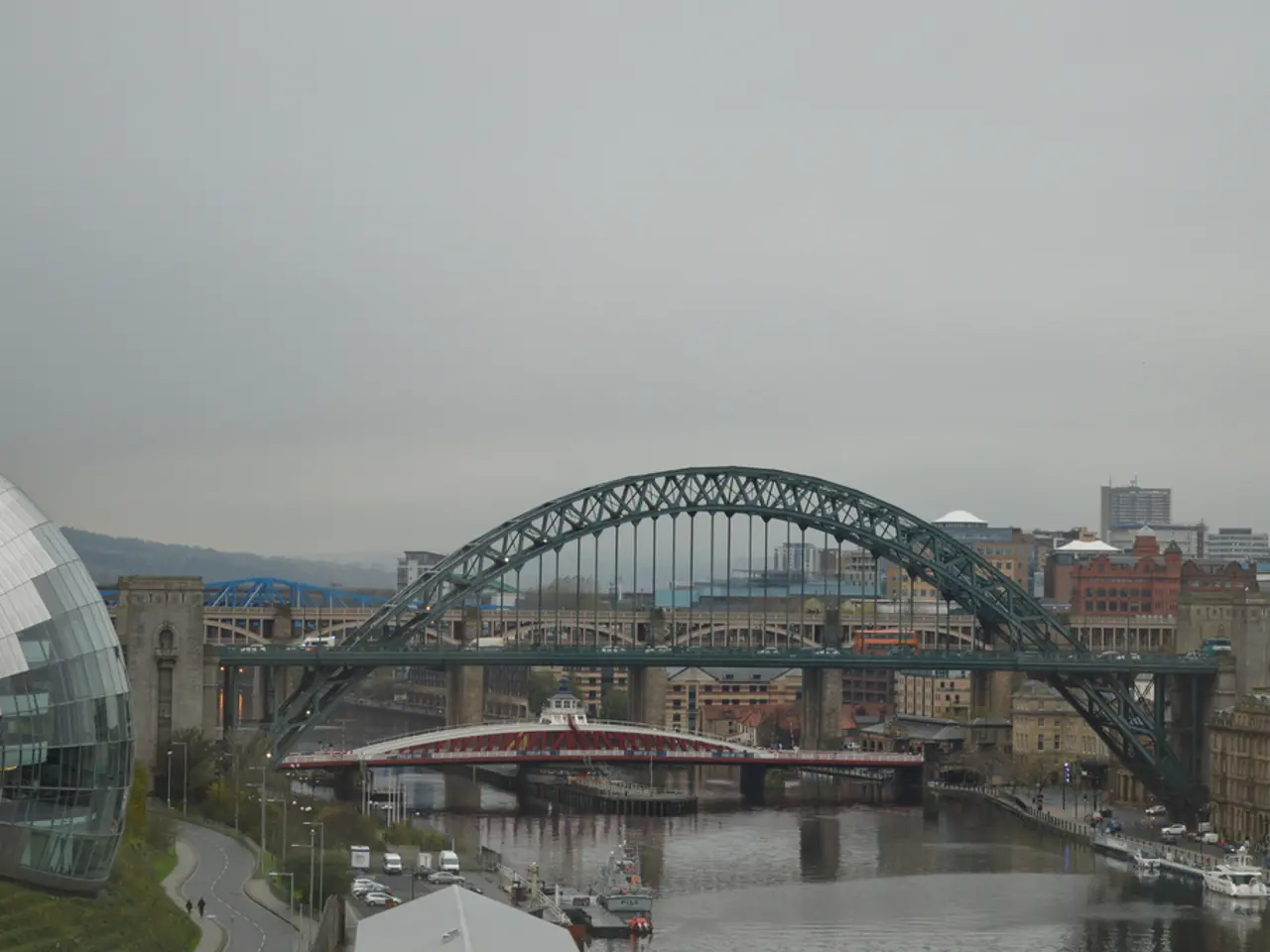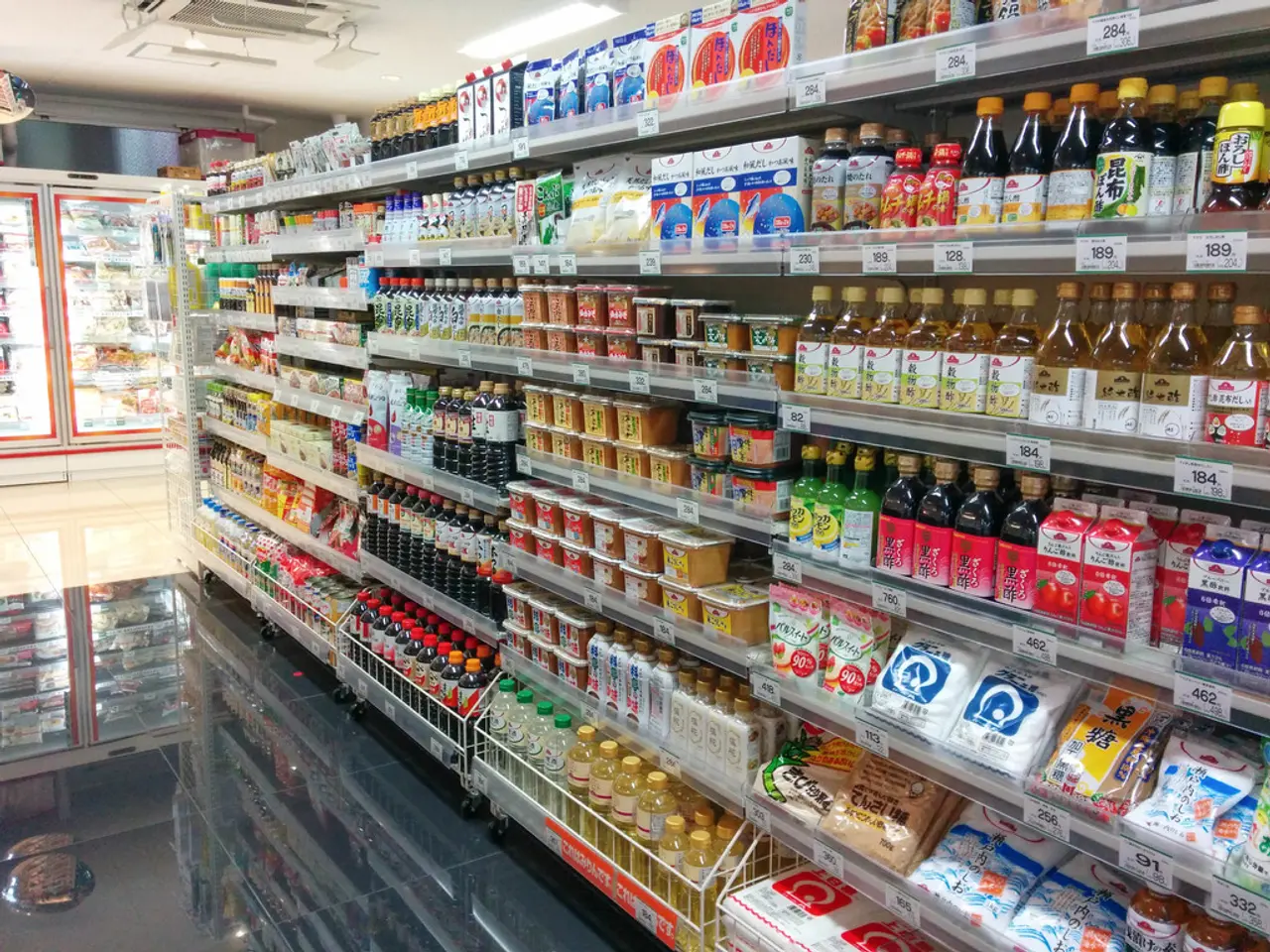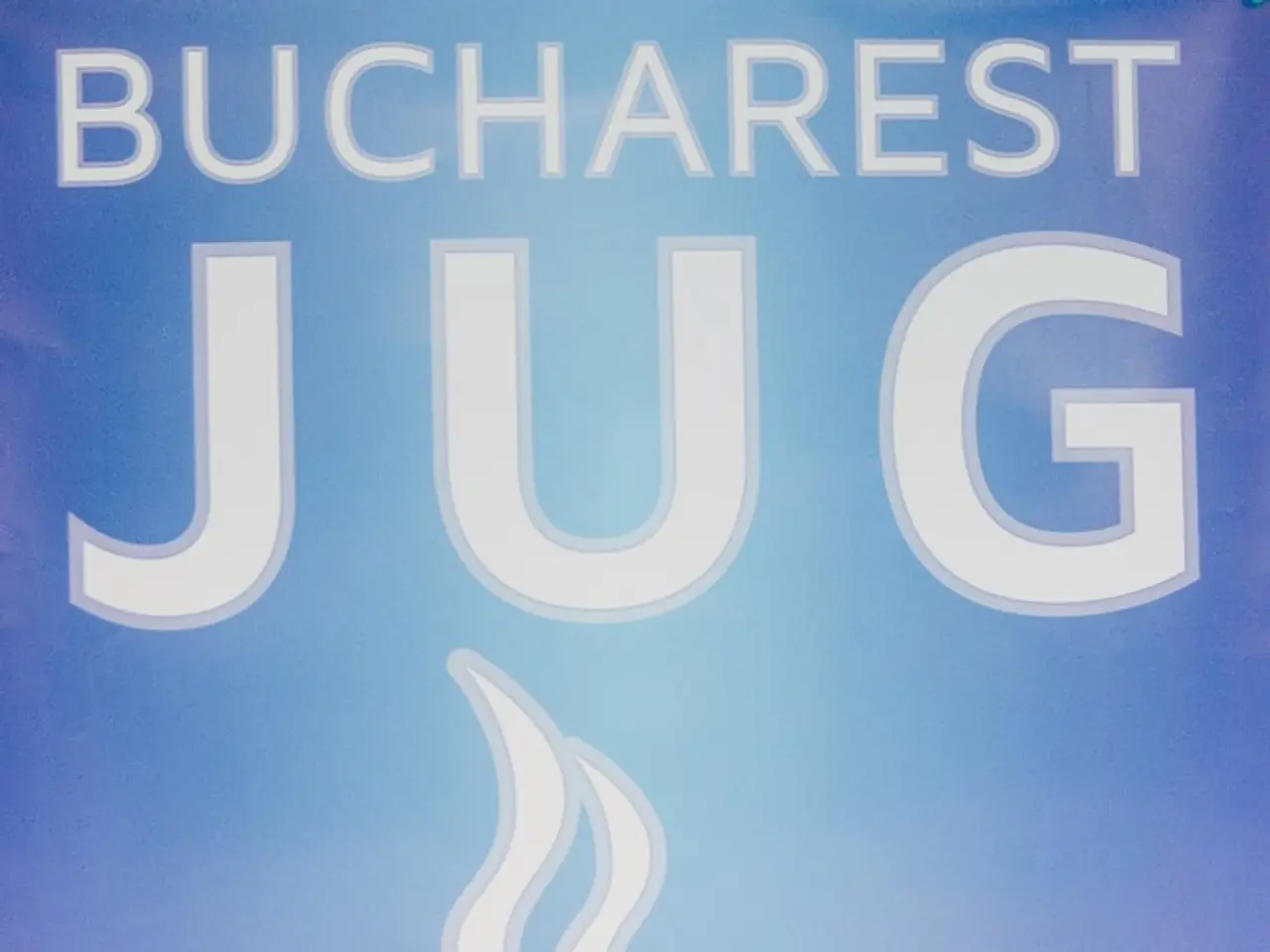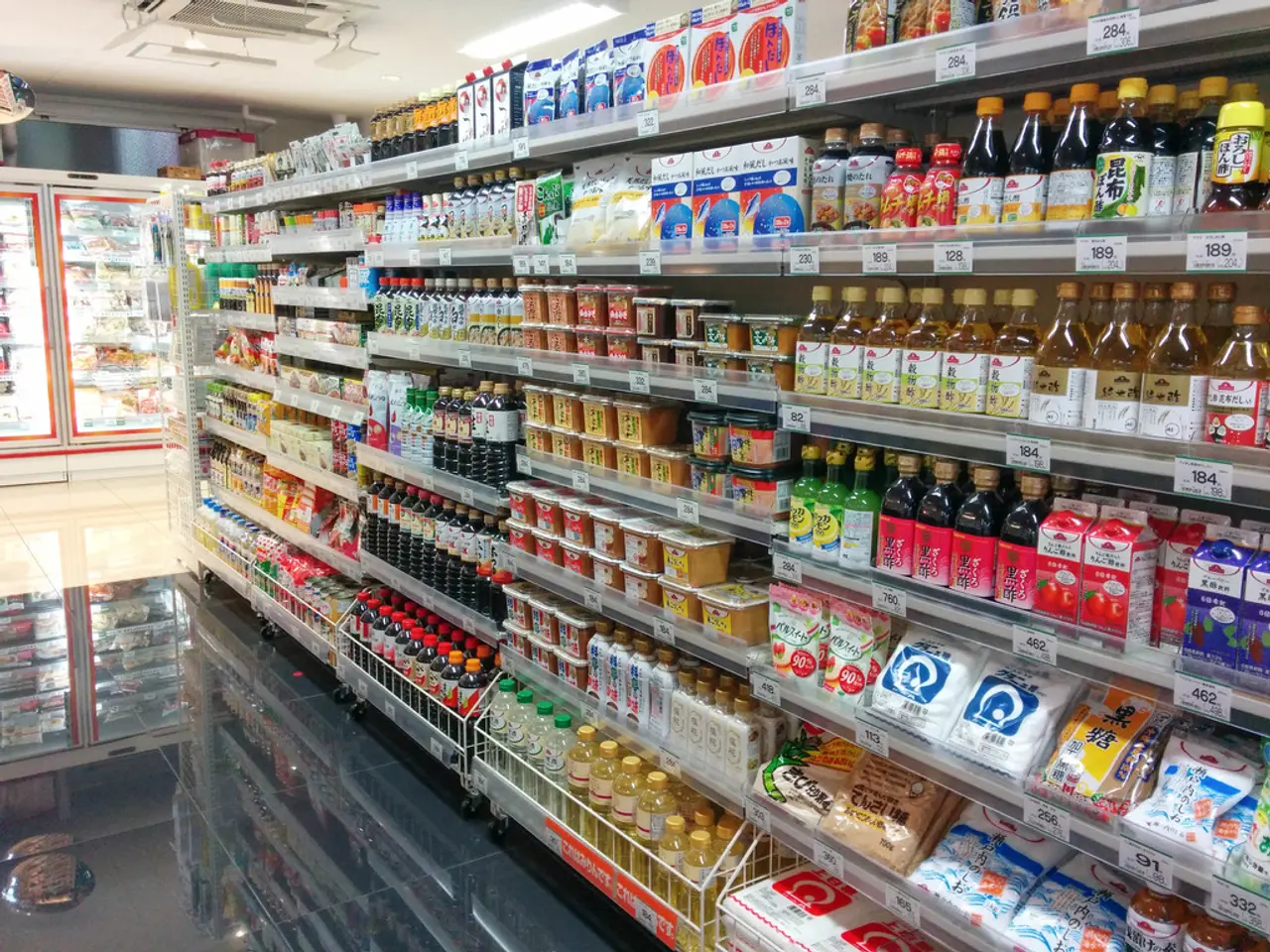India inauguralizes market for trading particulate emissions
A groundbreaking program in India has demonstrated the effectiveness of a cap-and-trade system in reducing industrial air pollution, particularly in low- and middle-income countries (LMICs). The Gujarat Pollution Control Board, in collaboration with the Energy Policy Institute at the University of Chicago, developed the world's first particulate emissions market and India's first market for any kind of pollutant, known as the Gujarat programme.
The program, piloted in Surat, an industrial hub, has shown promising results. Real-time tracking of PM2.5 emissions was conducted at over 300 coal-fired plants, with 62 plants randomly assigned to a cap-and-trade market with strict emission limits. These plants achieved a 20 to 30 percent reduction in particulate emissions compared to plants under traditional regulatory approaches that rely on fines and sanctions.
The trading mechanism allowed plants that emitted less than their cap to sell excess permits to those exceeding their limits, effectively incentivizing cleaner production strategies. Compliance was high, and the market approach led to lower costs and more flexibility for firms compared to command-and-control regulations.
The success of India’s program has sparked interest in replicating cap-and-trade systems for hazardous PM in other LMICs, where industrial pollution remains a major health hazard and regulatory enforcement can be weak. Cap-and-trade offers a market-driven, cost-effective solution that can integrate technology and innovation incentives while protecting public health.
Further innovations in cap-and-trade design include multipollutant systems that regulate several pollutants simultaneously, enhancing environmental and health outcomes. Such systems bundle permits across multiple pollutants, allowing firms to optimize emission reductions across their entire pollution portfolio and encouraging cleaner technology adoption.
The U.S. experience with cap-and-trade for criteria pollutants such as SO2 and NOx demonstrates that cap-and-trade can lead to substantial pollution reductions when applied to a manageable number of large, identifiable sources. However, challenges exist for pollutants like CO2, which are emitted by vast and diffuse sources.
For LMICs, these lessons underline the importance of establishing robust emissions monitoring and reporting systems, ensuring regulatory capacity for enforcement and permit market oversight, and tailoring the system to local industrial structures and technological feasibility.
The success of the Gujarat programme in Surat is generating interest from other governments for the use of pollution markets. The national government of India is working with other states and foreign governments to scale up the use of pollution markets. Neighboring Maharashtra state is developing a market for sulphur dioxide emissions.
Moreover, India's environment ministry has launched a carbon credit trading scheme for highly-polluting industries such as aluminum smelting and cement manufacturing, to make them comply with the country's greenhouse gas emission intensity targets. The national government of India is moving ahead with an offset mechanism for the Indian Carbon Market and has identified renewable energy, green hydrogen production, industrial energy efficiency, landfill methane recovery, and mangrove afforestation as areas for climate-friendly projects that can generate carbon credits.
In summary, the cap-and-trade system for hazardous particulate matter emissions has been proven effective in reducing pollution and costs in LMIC contexts like India, making it a promising model for broader adoption. Its replication depends on careful adaptation to local conditions, integrating multipollutant targets, and strengthening institutional capabilities to ensure transparency and compliance. The researchers published their findings in The Quarterly Journal of Economics.
- The success of India's cap-and-trade program for hazardous particulate matter emissions, known as the Gujarat program, has shown promise in low- and middle-income countries (LMICs), emphasizing the potential integration of science and environmental-science in renewable energy policy.
- In the future, cap-and-trade systems might expand to regulate multiple pollutants simultaneously, such as sulfur dioxide in neighboring Maharashtra state, or carbon emissions in certain industries, as India's national government is implementing carbon credit trading for highly polluting sectors.
- As the financial sector plays a crucial role in fostering clean energy adoption, India's carbon market offset mechanism identifies potential profitable projects like renewable energy, green hydrogen production, and mangrove afforestation, ensuring that both the environment and industry can benefit.
- Given the effectiveness of cap-and-trade in reducing industrial air pollution while maintaining lower costs and flexibility, it could be a sought-after strategy for achieving sustainable development goals (SDG) related to clean energy and public health in countries where strong environmental regulation is challenging.




